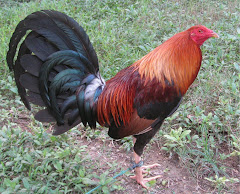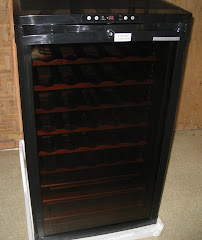
By Phillip Clauer
Birds stop laying suddenly at various times of the year, with no patterns or warning. In this article, Phillip J. Clauer describes some common reasons for this....
A. Decreasing day length or insufficient day length
Hens require 14 hours of day length to sustain egg production. Once day length drops below 12 hours, production will decrease and frequently stop. This happens naturally from October through to February. To prevent this, provide artificial light to maintain a constant day length of at least 14 hours per day. One 40 watt light for each 100 square feet of coop is adequate.
The lights should be added in the morning hours so the birds can go to roost as the sun sets. This prevents birds from being stranded in the dark when lights are turned out during dark hours. Some small flock owners find it easier to leave the lights on continuously. This is not a problem as long as you do not use light bulbs over the 40 watt size. However, the time clock will help lower your electric bill.
B. Improper nutrition
Layers require a completely balanced ration to sustain maximum egg production over time. Improper nutrition can occasionally cause hens to stop laying.The most common problem is failing to provide a constant source of fresh water. This is especially a problem during the coldest months when the water can freeze. Provide adequate water equipment so the birds always have fresh water.Inadequate levels of energy, protein or calcium can also cause a production decrease.
This is why it is so important to supply your laying hens with a constant supply of nutritionally balanced layer food balanced at 16% - 18% protein. Feeding whole grains, scratch feeds and table scraps will cause the birds diet to become improperly balanced.Many times these imbalances can cause other problems like prolapse (egg blow-outs). Prolapse is caused when the bird is too fat and/or egg is too large and the birds reproductive tract is expelled with the egg. Prolapse usually cause permanent damage to the hen and is fatal in many cases.
Feeding oyster shell "free choice" (always available) is also a good idea to help insure strong egg shells.
C. Disease
Disease problems can occur under the best of conditions. Often one of the first signs of disease is a drop in egg production. Other symptoms of disease include dull and listless appearance, watery eyes and nostrils, coughing, molting, lameness and mortality in the flock.
Remember some death is normal over the period of a year in any flock. However, if you suspect a disease, contact a skilled veterinarian for help in examining your flock and get an accurately diagnosis and treatment.
Your best protection against disease is to buy healthy stock and keep them isolated from other birds. Buying adult poultry and introducing them to your flock is asking for trouble. If you wish to increase your flock, buy chicks from a reputable hatchery or hatch some of your own eggs. Adult birds can look healthy and carry diseases.
D. Aging Hens
Production hens can lay efficiently for two laying cycles. However, after two or three years, many hens decline in productivity. This varies greatly from bird to bird. Good layers will lay about 50 to 60 weeks per laying cycle. Between these cycles they will be interrupted by a rest period called a molt. Poorer layers and older hens will molt more often and lay less. Removal of non-layers is recommended if economical egg production is your goal.
E. Stress
Any stress such as moving, handling, changes in environmental conditions or fright can contribute to or be the main cause for egg production declines. Common stresses include:
*Chilling. Chickens do not handle damp, drafty conditions well. Prevent excessive exposure to wet, drafty conditions during colder months.
*Handling or moving. Once the laying flock is in place, limit any unnecessary moving or handling. Switching roosters or changing the pens population will also disrupt the pens pecking order and cause some temporary social stress in your flock.
*Parasites. If external or internal parasites are present, get proper diagnosis and treatment.
*Fright. Limit the movement of children, dogs, livestock and vehicles around your flock as well as loud noises to prevent frightening the hens.
*Predators. Also can stress the birds and create a decrease in production.
F. Other problems to consider when you see a decrease in egg collection:
*Predators and snakes consuming the eggs.
*Egg-eating by hens in the flock.
*Excessive egg breakage.
*Hens hiding the eggs when able to run free.








